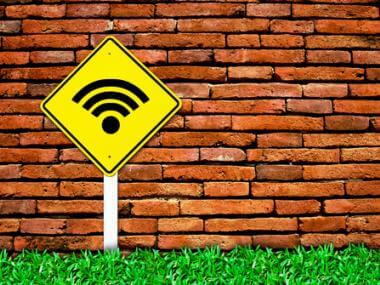How to Compare Computer Processors (CPUs)
Tech Talker explains what to look for when buying a processor or CPU for your computer.

There are a ton of different features that come into play when looking for the right processor. There are different brands, numbers of cores, clock speeds, and a ton of other stuff that affects performance.
In this week’s episode, I hope to shed some light on what exactly these terms mean and how to use them to compare processors when buying your next computer.
Intel v. AMD
First, let’s go over the two major brands you’ll likely be comparing when you’re looking at processors. Chances are, if you’re buying a new computer, you will be choosing between an Intel processor and an AMD processor. These are the two main processor producers on the market and they fill two different niches. AMD processors tend to be on the less expensive side, however they are best used in budget computers where price matters more than stellar performance.
Intel on the other hand has more expensive models, which tend to be a bit more expensive than their AMD counterparts. Personally, I install AMD processors in computers for people who don’t use their computers that often. These processors are great for people who just want to check their email, browse the web, edit a few documents, basically perform very light tasks that don’t require much power.
For users who are constantly editing videos, playing 3D games, and running a ton of applications all at once, Intel is the way to go.
Clock Speed and Number of Cores
Next are the two numbers that you’ll be confronted with when you’re comparing processors and that’s clock speed and the number of cores. Clock speed is pretty simple to understand – it’s how many calculations a processor can crunch in a single second. This is generally measured in gigahertz, abbreviated GHz. For example, if a processor says 3GHz, that means it can perform 3 billion calculations per second.
Cores on the other hand are how many individual processors are combined onto one board. So if a processor says it has 4 cores, then that means that there are 4 processors combined onto one processor. Having multiple cores on a computer will allow multiple tasks to be carried out at once more efficiently.
Think of it like this, you have 4 engineers in a room solving math problems. They can each solve a problem at the same speed. So if you give them 100 problems, each will solve 25 problems and it would be done 4 times faster than if you had one engineer.
Many large modern applications are programmed specifically to take advantage of multiple cores,
However, if you had one big problem that couldn’t be split up, one engineer would be working on it while the other 3 just sat around.
In this example, each engineer is a processor core. Each problem is work a processor does when you’re running your computer. So if you use your computer for a bunch of different things at once, then a multicore processor is for you. However, if you’re going to be using your computer for big projects like video editing, a faster clock speed might be a better fit.
Hopefully you’re still with me, because I’m about to throw a wrench into everything I just told you. Many large modern applications such as Photoshop, Final Cut Pro, and AutoCAD are programmed specifically to take advantage of multiple cores, This is called multi-threading, or hyper-threading. Before this innovation, these applications would only make use of one core while the others remained idle. This new type of coding allows the programs to use all available cores at once to distribute the work.
Before you decide what processor you want to buy I recommend using Google to search the name of the main programs you use followed by the words “multi –threading.” This should give you a quick answer as to whether or not your frequently used software can take advantage of multiple cores.
Lastly, almost all processors out on the market today are 64-bit. If you have the option between a 32-bit processor and a 64-bit processor, pick the 64-bit one since 32-bit is all but obsolete. Check out my episode on the difference between 64-bit and 32-bit for more information.
5 Tips for Comparing CPUs
- Intel and AMD are the two main manufacturers on the market. AMD is generally less expensive and found in many budget computers, whereas Intel is generally more expensive and found in high end computers.
- If you are using your computer to do simple tasts like text editing and web browsing, go for the cheaper processor. However, if you want it to perform more complex functions like video editing and gaming, go for the pricier multicore CPU.
- Clock speed is measured in gigahertz and describes how many calculations per second are carried out by a given processor.
- Cores refer to how many individual processors are located on the chip itself. Most processors on the market today are multicore processors.
- If you’re looking to buy or build a computer, I highly recommend putting as much money in your budget as possible towards your processor. It is the hardest item to replace in a computer, while other components such as memory and hard drives are easy to replace down the road.
opens in a new window
Until next time, I’m the Tech Talker, keeping technology simple!






